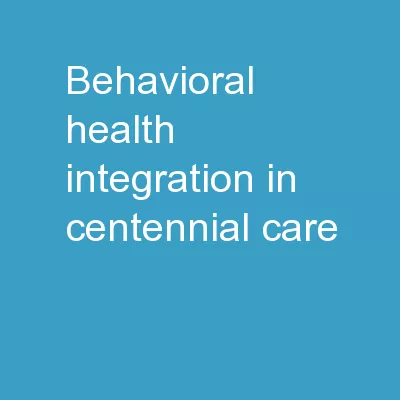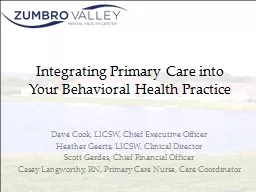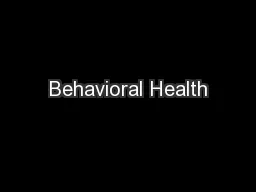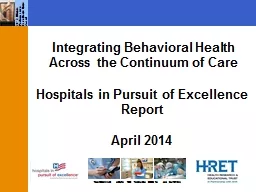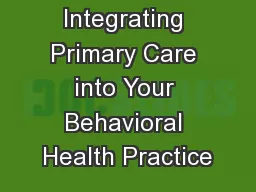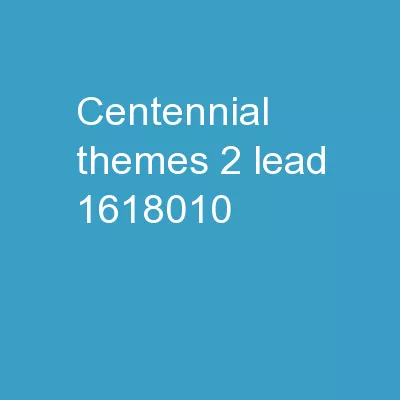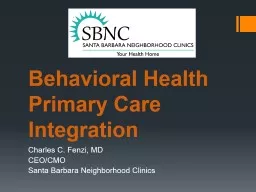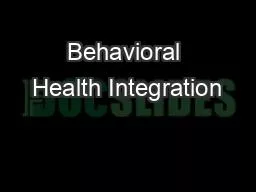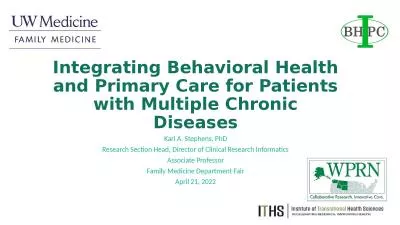PPT-Behavioral Health Integration in Centennial Care
Author : min-jolicoeur | Published Date : 2018-11-25
Presentation to the National Association of Medicaid Directors Nancy SmithLeslie Director Medical Assistance Division November 14 2018 Behavioral Health Integration
Presentation Embed Code
Download Presentation
Download Presentation The PPT/PDF document "Behavioral Health Integration in Centenn..." is the property of its rightful owner. Permission is granted to download and print the materials on this website for personal, non-commercial use only, and to display it on your personal computer provided you do not modify the materials and that you retain all copyright notices contained in the materials. By downloading content from our website, you accept the terms of this agreement.
Behavioral Health Integration in Centennial Care: Transcript
Download Rules Of Document
"Behavioral Health Integration in Centennial Care"The content belongs to its owner. You may download and print it for personal use, without modification, and keep all copyright notices. By downloading, you agree to these terms.
Related Documents

